Trondheim Unveils New PoMo Museum Amid Artful Renaissance
A vibrant rainbow now graces the skies of Trondheim, Norway, since February, emanating from an artwork by Swiss artist Ugo Rondinone, which proclaims “our magic hour.” This artistic installation serves as a welcoming symbol for the newly opened PoMo museum located beneath it.
Norway has recently enhanced its cultural landscape with a series of new museums. In 2021, Oslo introduced an impressive complex along the waterfront dedicated to renowned artist Edvard Munch, followed by the National Museum in 2022, featuring Munch’s iconic The Scream. The southern town of Kristiansand saw the repurposing of a 1930s grain silo into the striking Kunstsilo, showcasing Nordic modern art.
The PoMo museum, indicative of a more intimate approach to art presentation, is situated in what was once the main post office of Trondheim, aptly named Posten Moderne. This innovative space is the creation of French-Iranian architect India Mahdavi, in collaboration with Norwegian architect Erik Langdalen. Upon entering the museum, visitors are greeted by the dynamic design of the renovated art nouveau structure, originally built in 1911. The interior boasts a bright, white atrium adorned with whimsical, swirling sculptures, while large, green balloons hanging beneath the skylight mimic the appearance of plant cells. A standout feature is the vibrant salmon pink gallery shop, and a striking tangerine spiral staircase connecting the museum’s various levels.
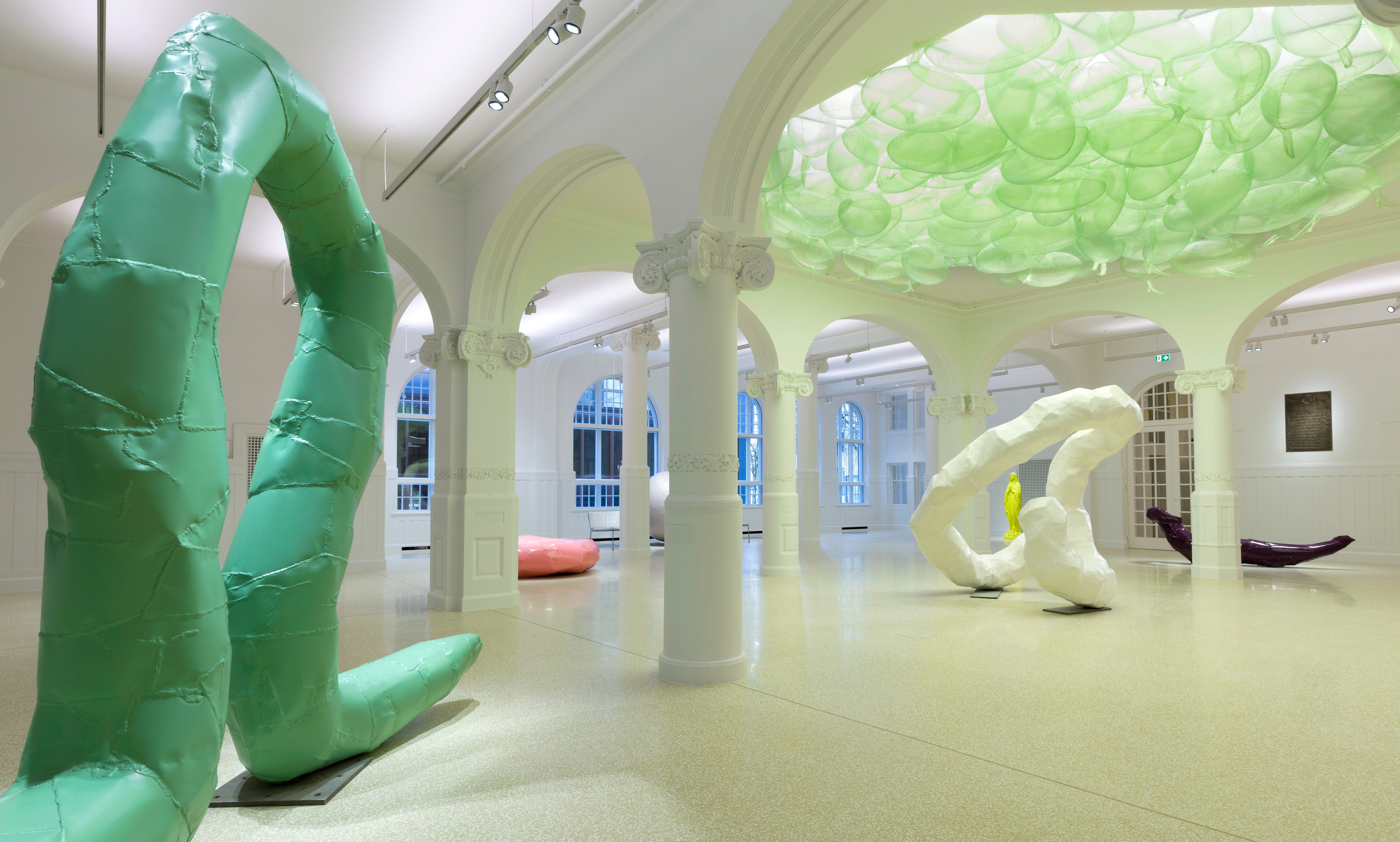
Inside, the PoMo museum houses a diverse collection, featuring works from iconic photographers and artists such as Irving Penn, Catherine Opie, Andy Warhol, and contemporary pieces juxtaposed with Piranesi prints. Notably, the collection was amassed over many years by the museum’s founders, Monica and Ole Robert Reitan, showcasing their eclectic taste.
Art by Munch is also featured prominently, including a series of lithographs displayed against deep blue walls. The inaugural temporary exhibition, “Postcards from the Future,” runs until June 22, offering personal interpretations from artists like Louise Bourgeois and Katharina Fritsch. A unique soundproofed corridor, designed for reflection, enhances the contemplative experience, while outside, an inflatable artwork by Kuwaiti artist Monira Al Qadiri sways gently, representing a petrochemical molecule. A significant focus of PoMo is to foster gender equity in art, committing at least 60% of its acquisitions budget to works by female artists.
The library, located at the top of the building, offers a cozy retreat with its wood-clad walls and A-frame ceiling. The space features pastel prints inspired by local flora and fauna, making it a perfect spot for art enthusiasts to relax with a book and enjoy views of the city.
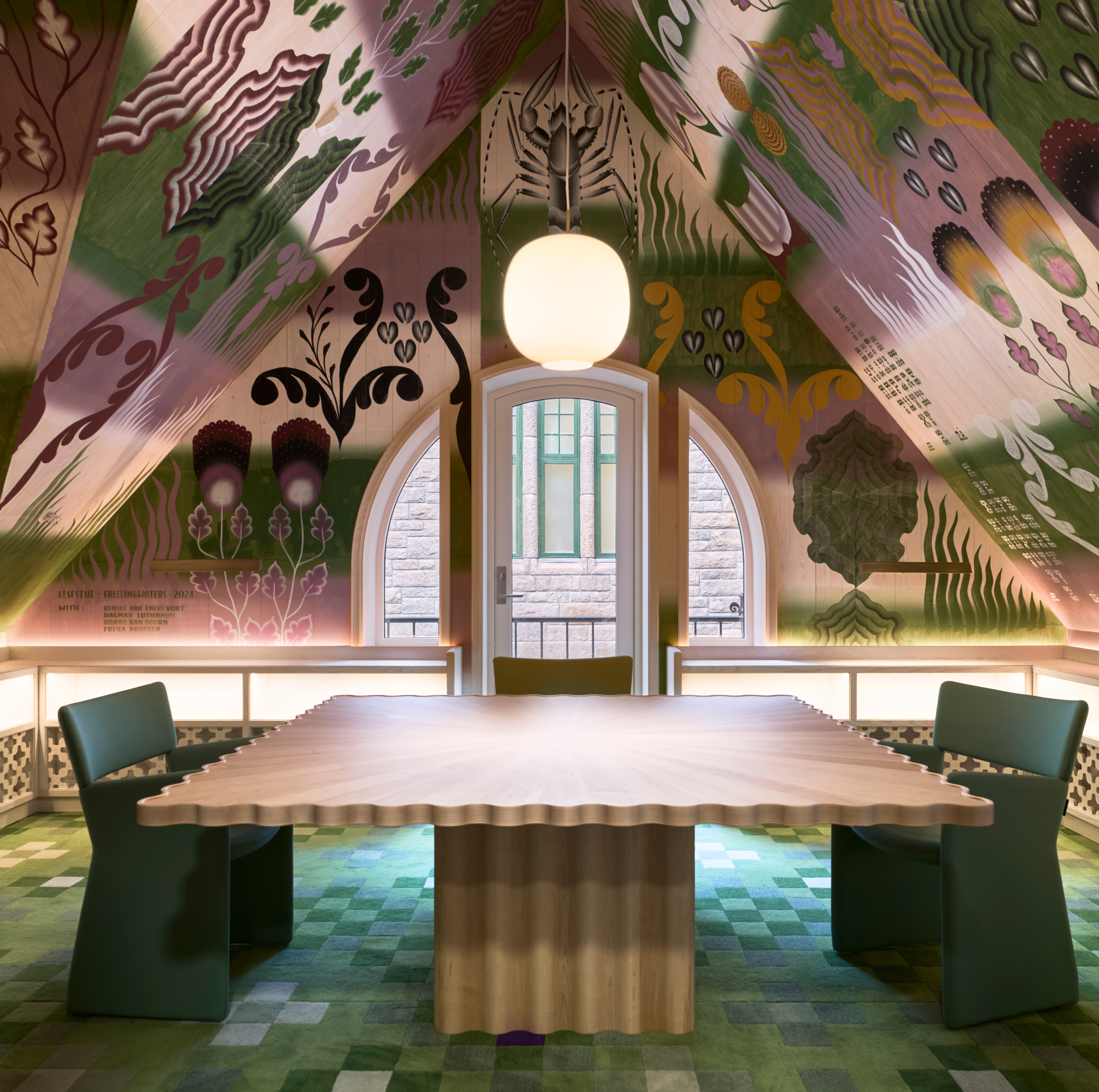
Architect Mahdavi draws inspiration from Trondheim’s folk art traditions, often overlooked in favor of minimalism. She highlights the vibrant colors found throughout the city, such as the salmon hues of doors and the various shades of warehouses, remarking on the historic prevalence of color in local heritage.
Despite being Norway’s third-largest city, Trondheim retains a small-town charm. As I explore, I encounter charming timber houses and picturesque streets. Crossing the Gamle Bybro bridge leads me to the cobbled Bakklandet district, where the 18th-century warehouses have been converted into cafes and shops. The unique bike lift, a funicular that assists cyclists up hills, is also notably present here, alongside a concrete sculpture honoring Otto Nielsen, a multifaceted figure celebrated for his contributions as a cabaret artist, radio presenter, and resistance fighter.

The jewel of Trondheim, Nidaros Cathedral, known as Europe’s northernmost medieval cathedral, exudes an ethereal beauty, with its soft green soapstone and copper steeple. Inside, visitors can admire pink granite tiles and a stained-glass rose window that illuminates the expansive vaulted ceiling. Built over the tomb of St. Olaf, the Viking king who introduced Christianity to Norway, the cathedral remains a treasured pilgrimage site.
Beyond PoMo, Trondheim’s art quarter is thriving. The KUK gallery offers exhibition space for local artists, while the Trondheim Kunstmuseum focuses on traditional and contemporary art. Kunsthall Trondheim, located in a revamped fire station, presents works from international artists. During my visit, Canadian artist Sin Wai Kin’s multimedia piece provided an engaging experience.

Trondheim is not just an art hub—it offers a rich range of activities. From harborside saunas and vibrant music scene to exploring local brews at Bar Moskus, the city has much to offer. Additionally, Rockheim museum showcases the evolution of Norwegian music, including a section dedicated to dark metal.
The culinary scene in Trondheim matches its artistic flair, with chefs like Heidi Bjerkan leading the charge in innovative dining. Fagn serves a creative menu accompanied by natural wines, while the Britannia Hotel’s Speilsalen offers an exquisite fine dining experience.
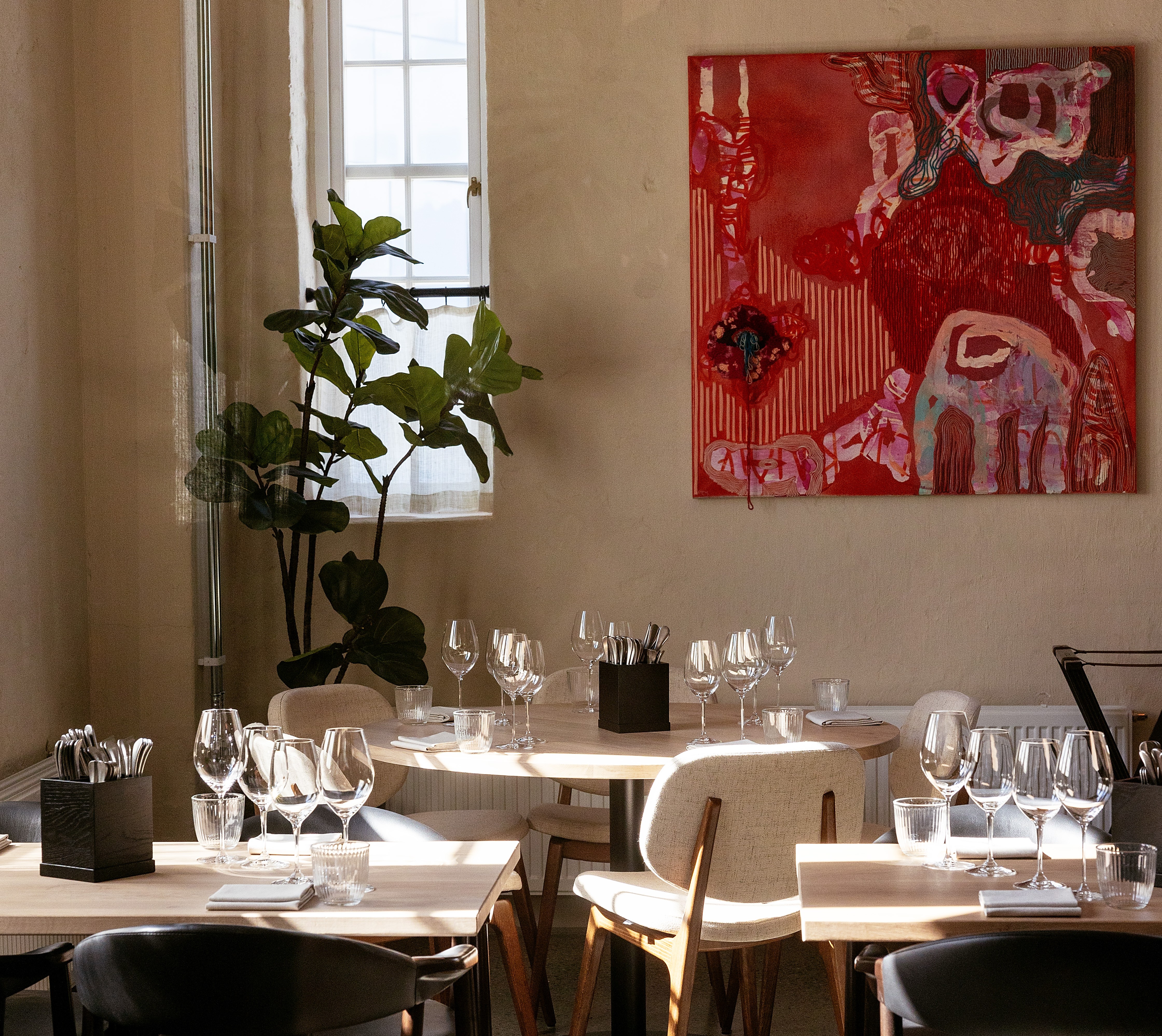
Wil Lee-Wright, who moved to Trondheim in 2010, notes the city’s growing reputation not only as a technology and football hub but also as a focal point for art and cuisine. He mentions the significance of local products showcased during annual events like the Trondersk Food Festival, highlighting the exceptional seafood and culinary talents of the region.
On my last day, a trip on the vintage Grakallbanen tram leads to Lianvatnet Lake, a popular summer destination for swimming and a winter hotspot for snowshoeing. As I gaze down at the colorful cityscape of Trondheim, I’m reminded of the magic hour that envelops this vibrant place.
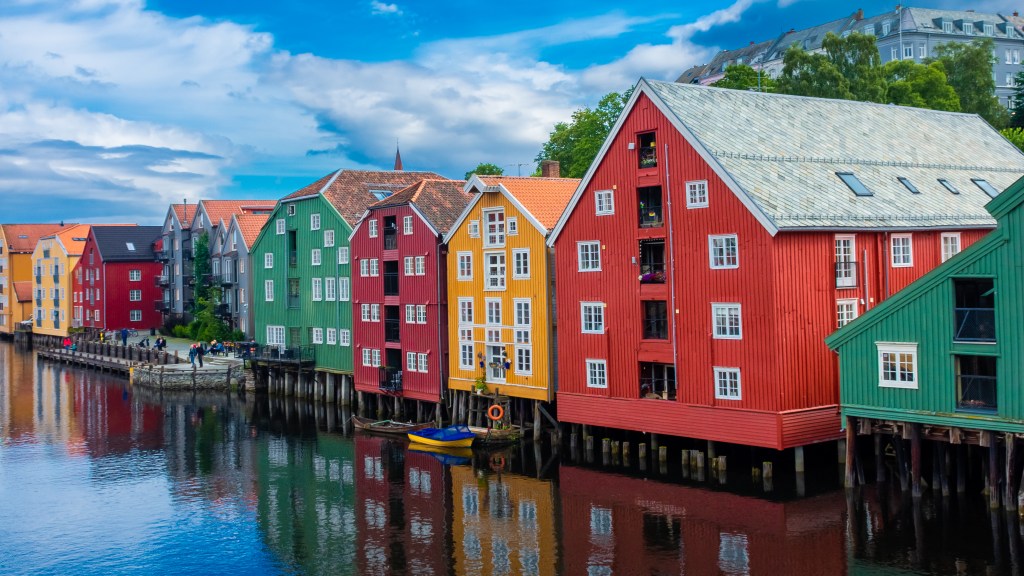
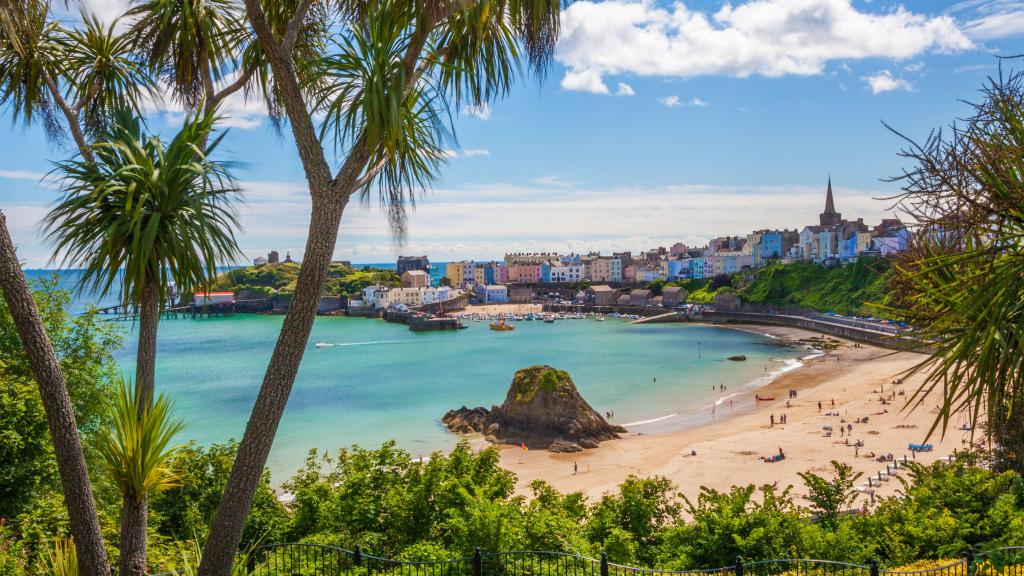
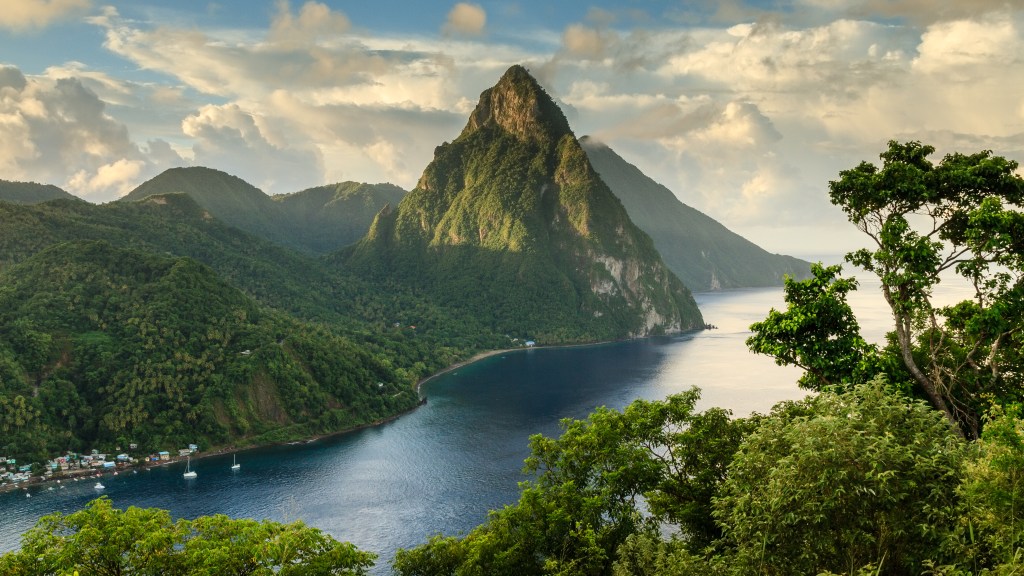
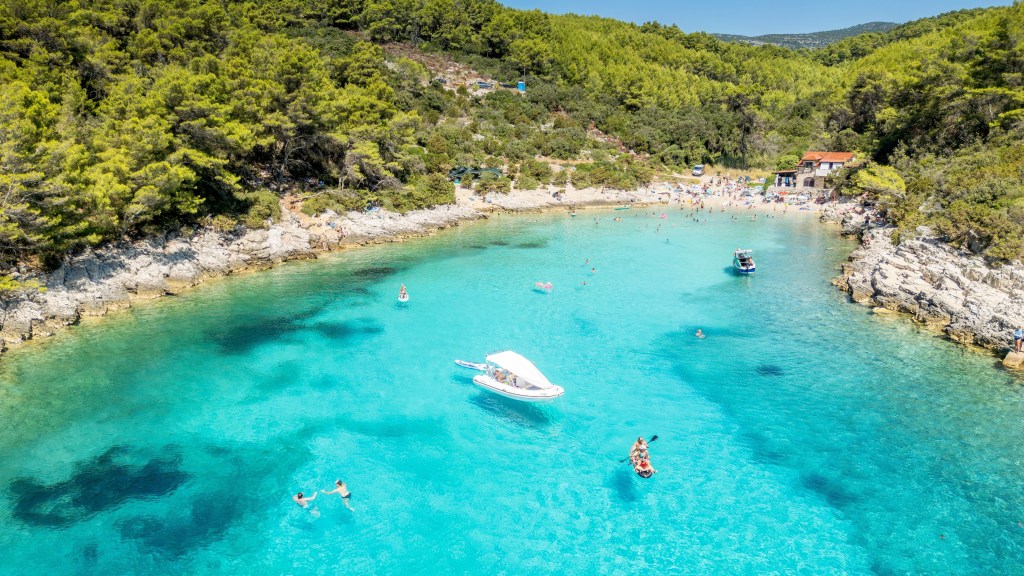
Post Comment